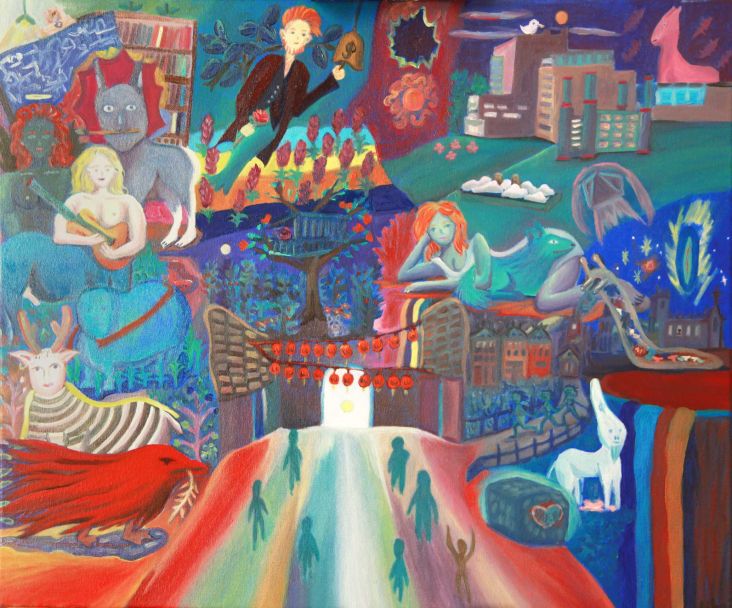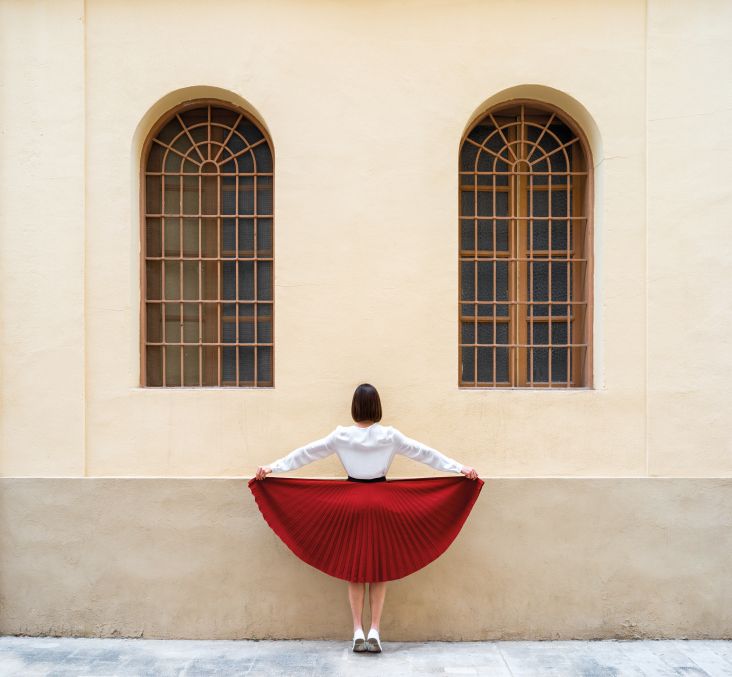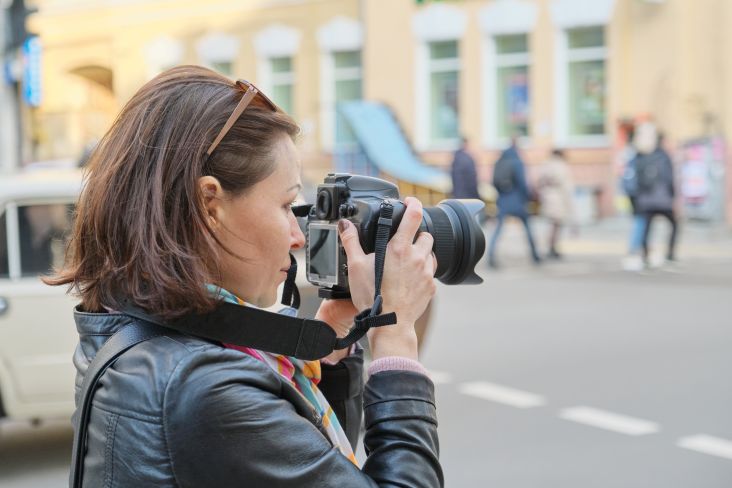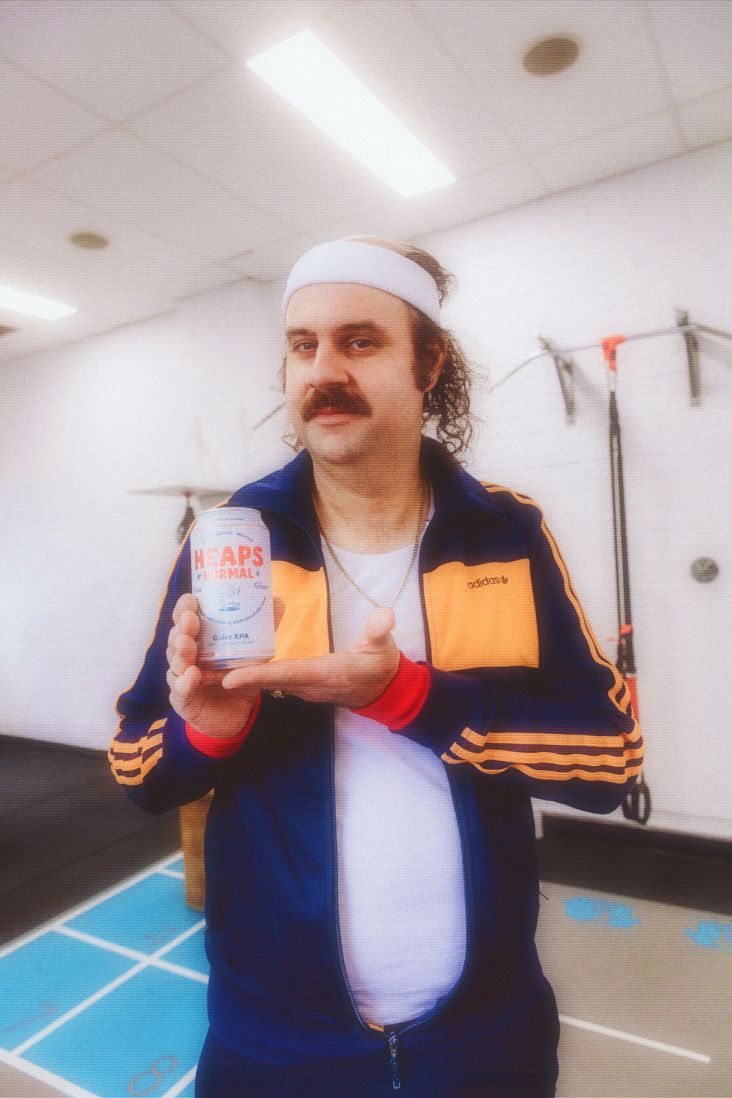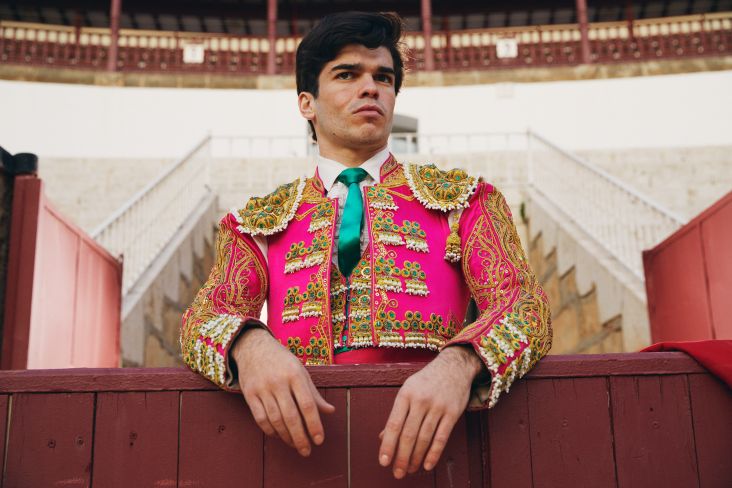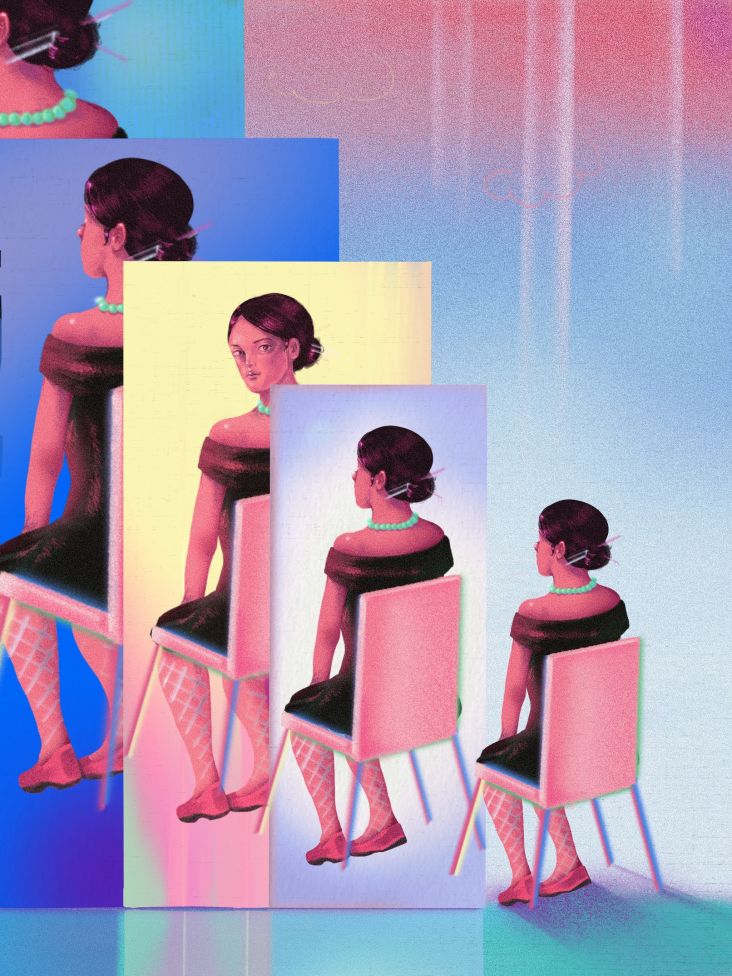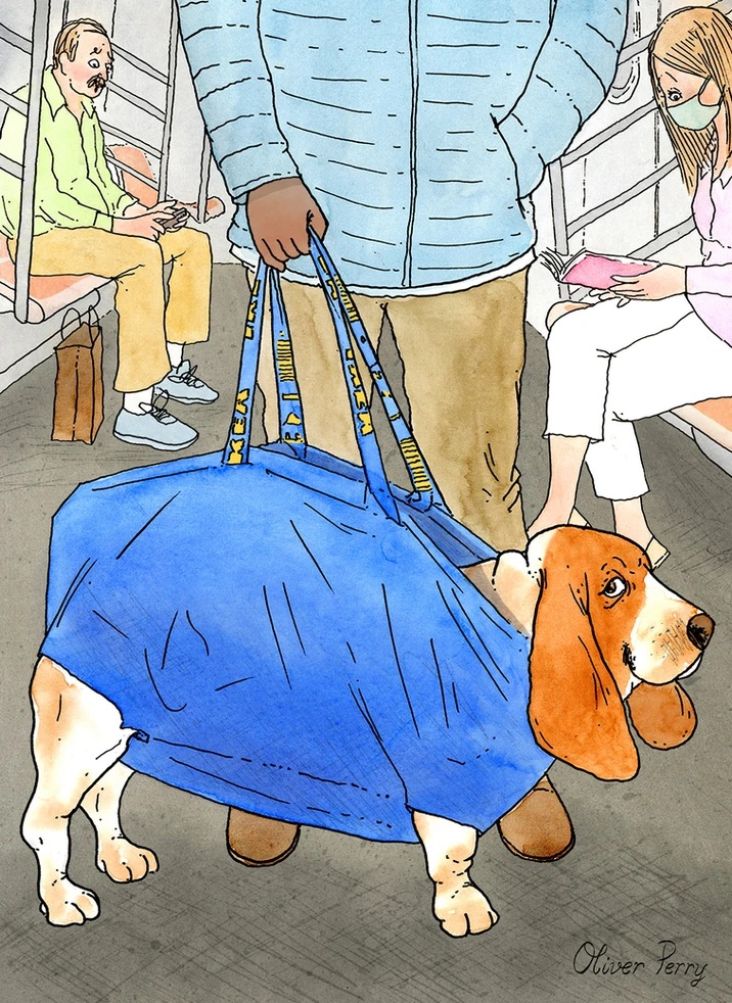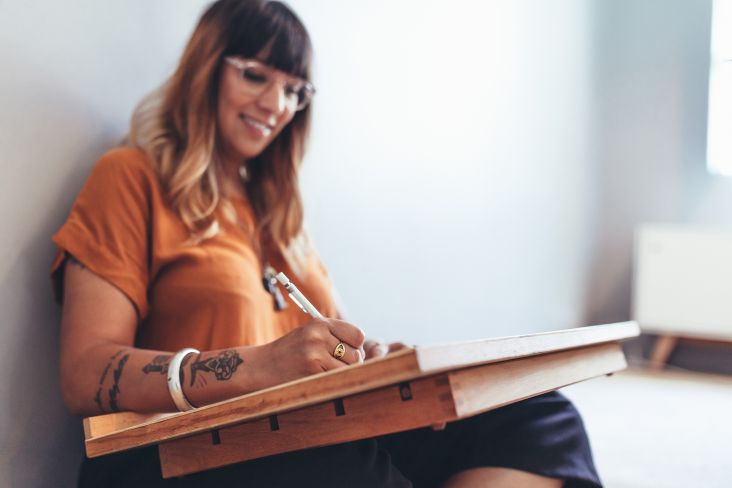Rob Ball's carpet photos are an ode to the faded glamour of the British seaside
Whitstable-based photographer Rob Ball turns his camera to the floor in Arcade Carpets, a new series of images and art book that capture the unique flooring from seaside amusement arcades and the secret history imprinted in their fabric.
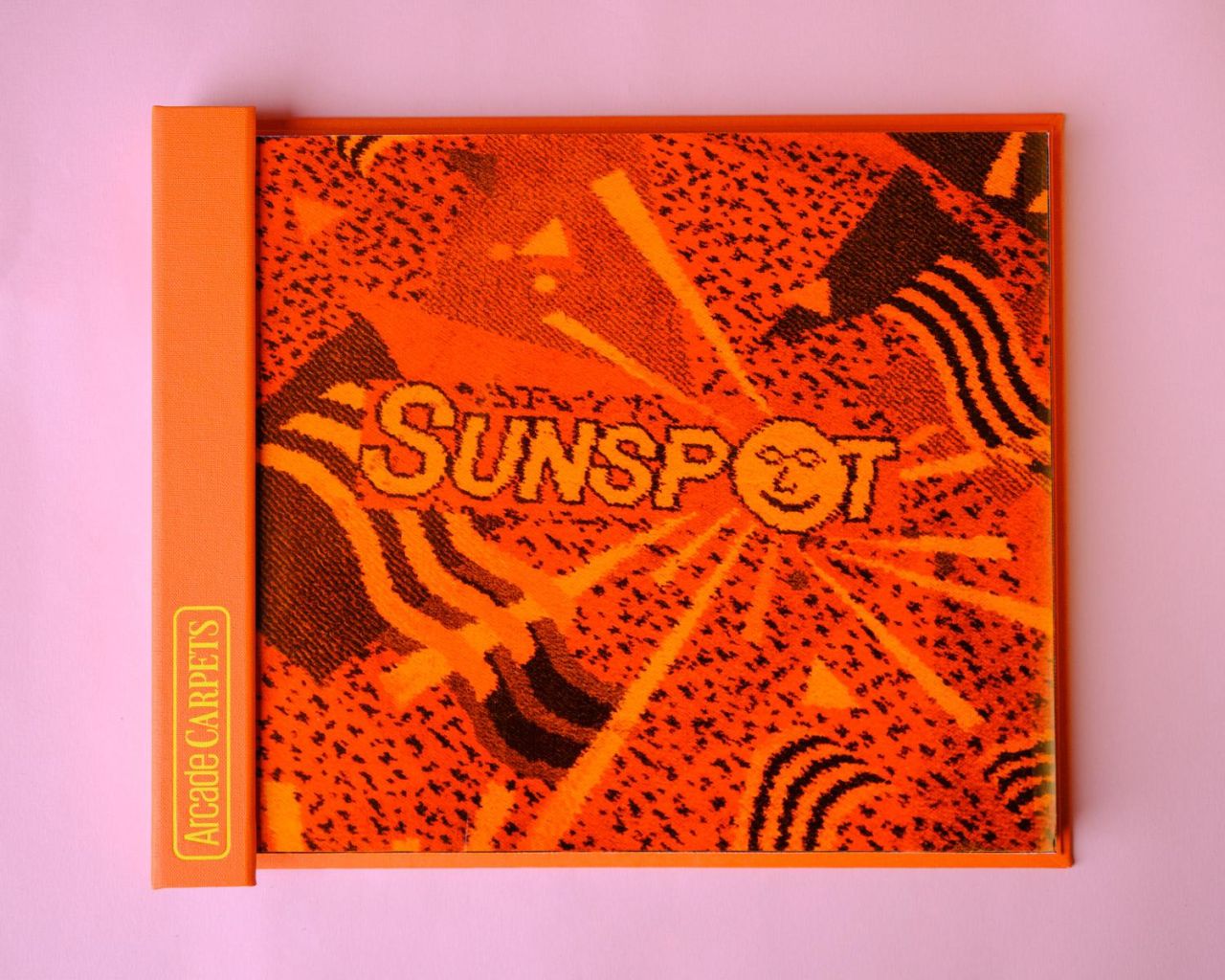
It's fair to say that the British seaside has a dilapidated charm. There's a faded glory to its wave-battered buildings as if the best times are behind them, and the area is riding out its twilight years. A prime example of this is the British institution of the amusement arcade, which often features a unique piece of craftsmanship that most people walk right over.
These one-of-a-kind details are their patterned carpets, which are the focus of photographer Rob Ball's latest series, Arcade Carpets. Taken over about ten years, these photos document their weird and wonderful patterns, scuffs and inconsistencies. They are bound to prompt a nostalgic rush of childhoods spent feeding pennies into coin pushers and trying to win on the claw machine. You can practically smell the salty sea air even just looking at them.
Rob was attracted to these zany carpets because they are often designed personally by amusement arcade owners instead of being mass-produced. "In many ways, the carpets are aspirational and nod towards a Las Vegas influence," he tells Creative Boom. "But they are also – like the seaside – undeniably honest: signs of use and wear are unavoidable and offer a reminder of the grittiness and physicality of the seaside experience."
The images, which number in the hundreds, have been exhibited nationwide, but Rob was keen to play with ways to show beyond the traditional framed prints on walls. "I was keen to find a way for visitors to touch the work – so much of the seaside experience is sensory, and I want to communicate this," he explains.
"I eventually settled on a carpet sample book as a way to communicate the tactility of the carpets and allow the viewer to move through the images, to touch and see the details both in the design and use."
As a subject, carpets neatly tie into Rob's broader, seaside-based practice. They also allow him to play with ideas that go beyond conventional documentation of place and space. "I think they are uniquely seaside, and most of us recognise them instantly as such, so they tie in with ideas around nostalgia but also aspiration and a (sometimes) faded glamour," he adds.
With over 100 photos in the series and 40 in the art book, picking out a favourite from the collection proved difficult. "I love them all; the more garish, the better," says Rob.
"I am particularly interested in the ones where you can see the join or debris on the surface; this breaking of the façade is an important part of the project for me and speaks to the honesty of the seaside experience more generally. The peeling paint and blown lightbulbs."
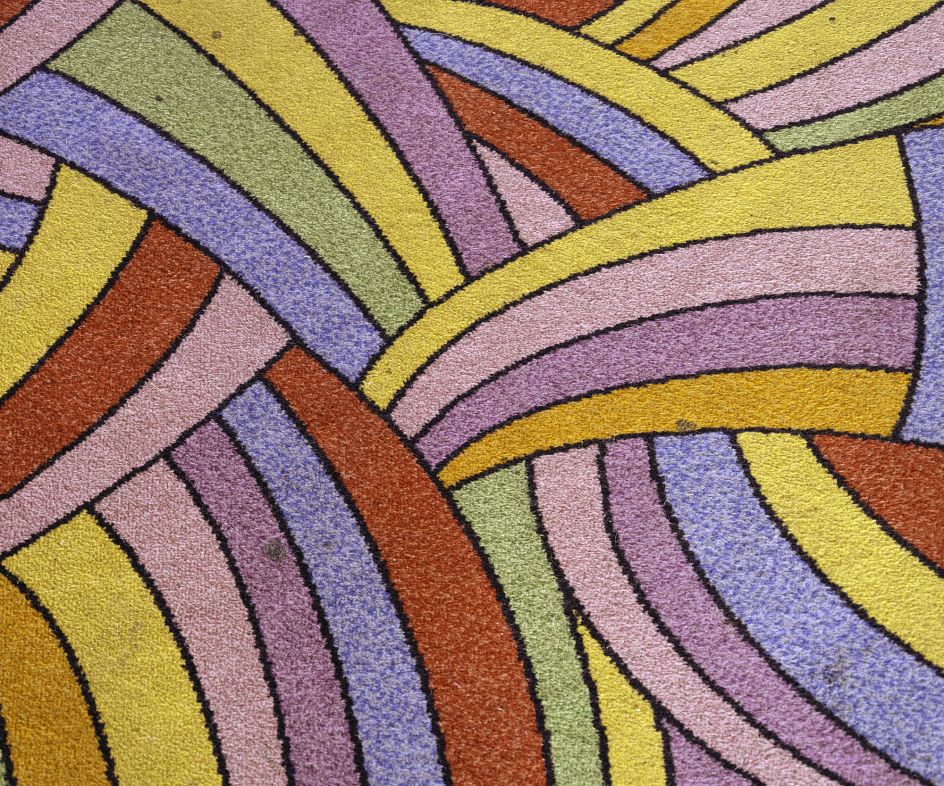
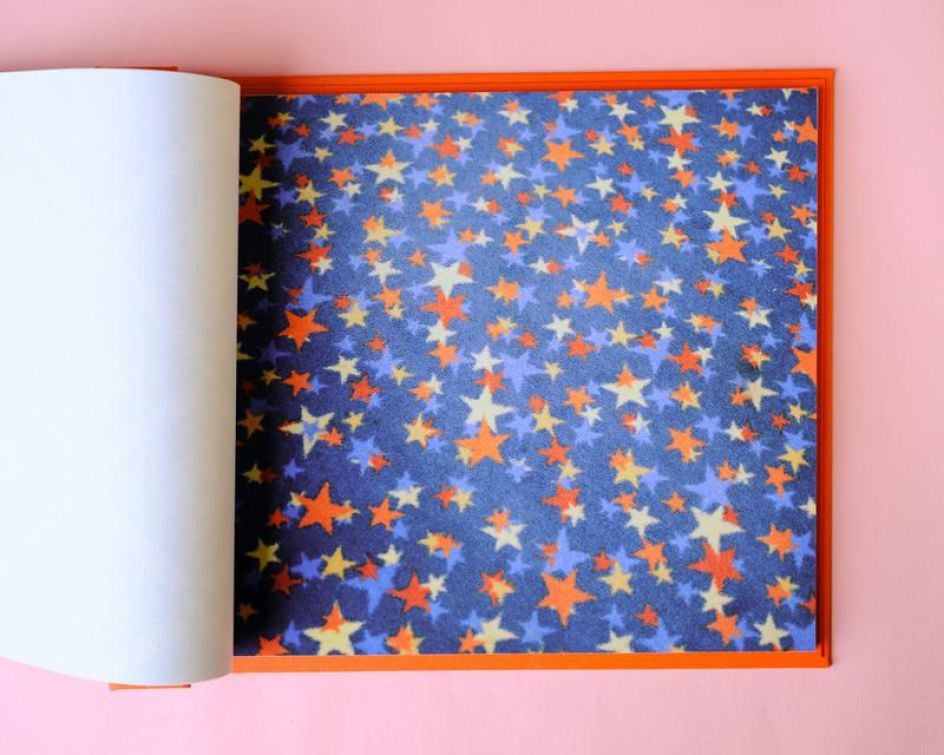
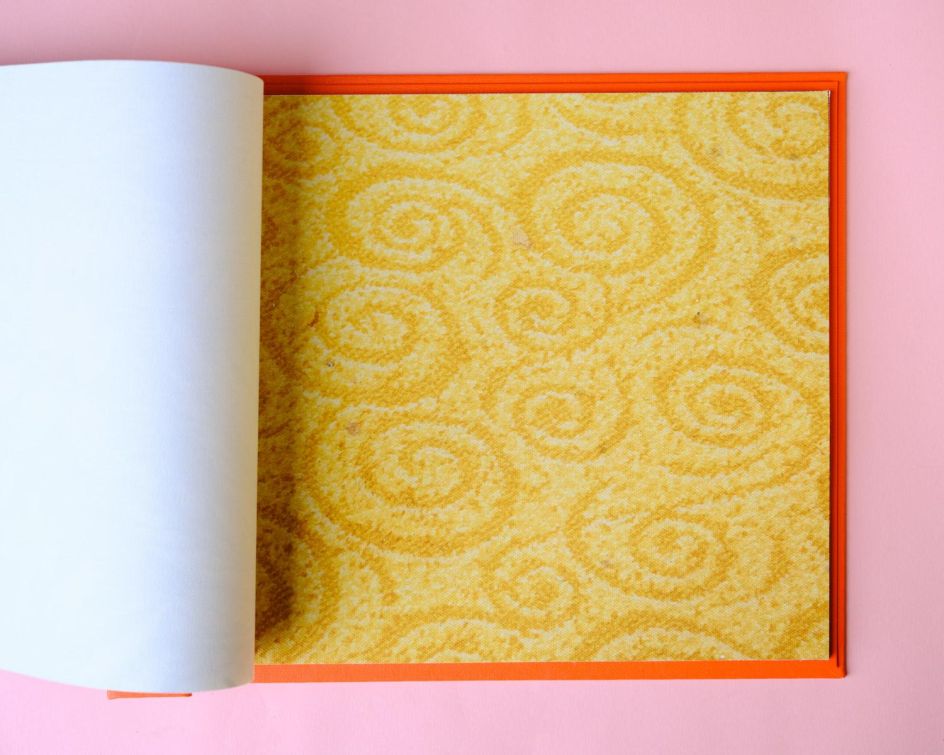
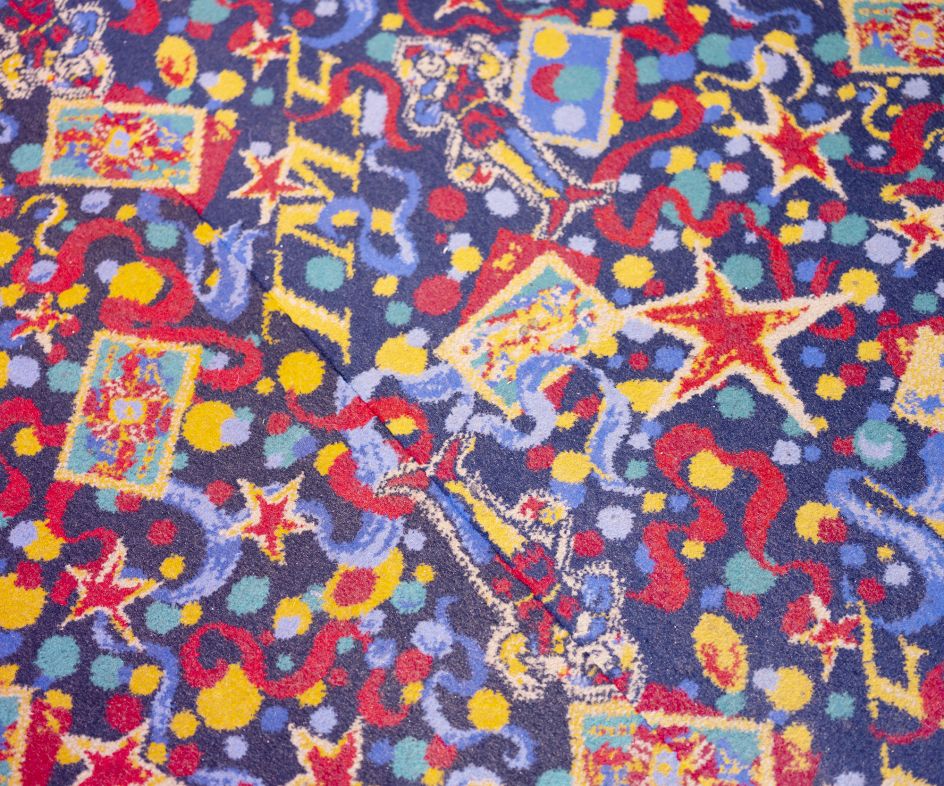
As for the sample book, a dummy edition with 100 images of carpets printed onto a heavyweight canvas was made and taken to the bookbinder Piotr Jarosz. These were then paired with a translucent yellow plastic for the cover, and a pair of bolts were screwed in to allow the book to be viewed in either landscape or portrait, just like a conventional care tile sample book.
Due to the nature of the book and its unusual format, only six editions of the artist's book have been produced so far. But while Rob may not be producing it commercially at the moment, fans of the project should not despair.
"I am in the process of making a volume two whilst also exploring the possibilities of installation beyond the book to make an interactive/immersive experience," Rob concludes. "Seaside Vernacular (the overall seaside project) continues, and I have now documented over 100 seaside resorts in the UK."

















